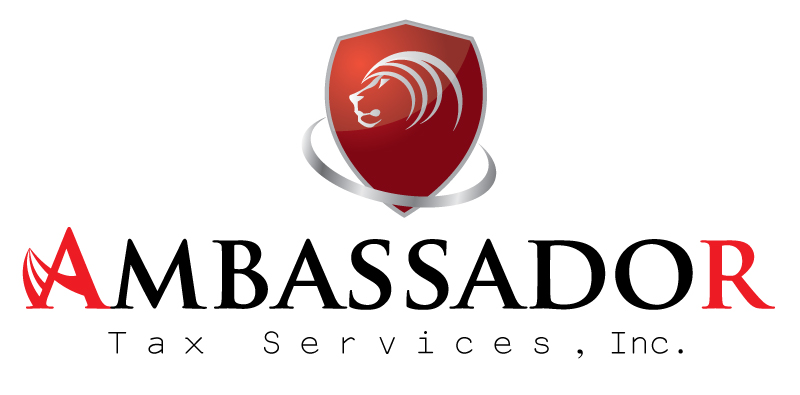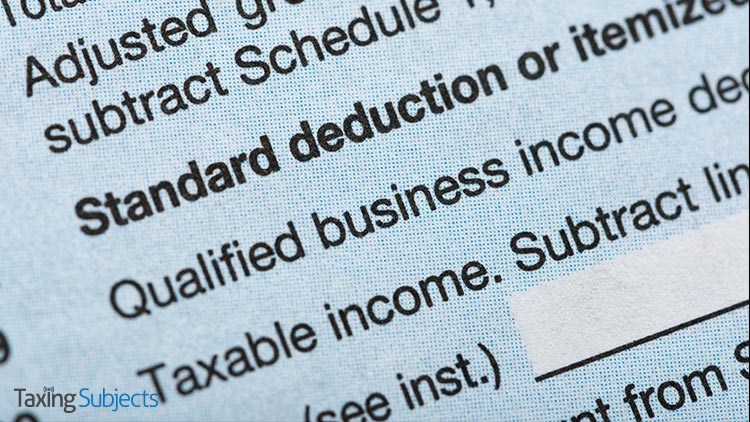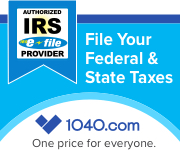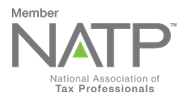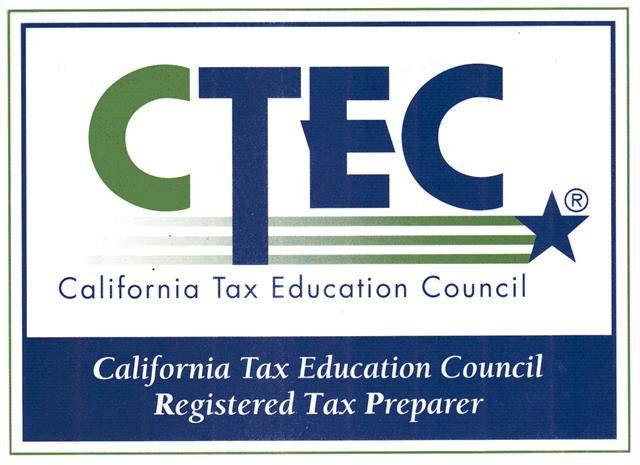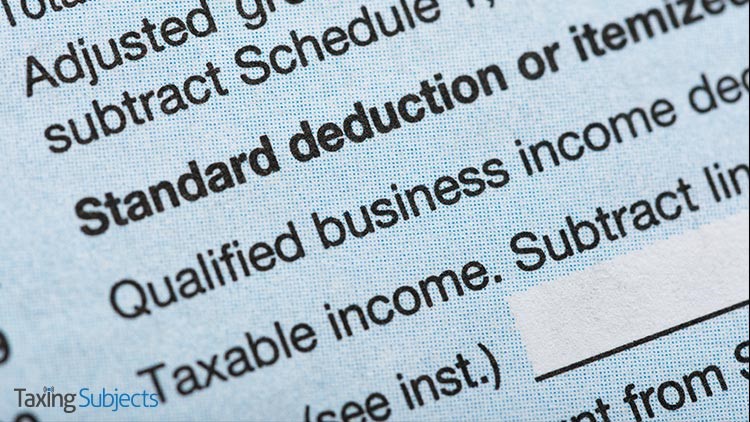
Taxpayers interested in taking the section 199A qualified business income deduction (QBI) for their rental property will be happy to learn that the IRS announced a finalized safe harbor rule this week.
QBI was introduced in the Tax Cuts and Jobs Act as tax relief for businesses not eligible for the new 21-percent C corporation tax rate. According to the IRS fact sheet, owners of passthrough entities can “deduct up to 20 percent of their qualified business income (QBI), plus 20 percent of qualified real estate investment trust (REIT) dividends and qualified publicly traded partnership (PTP) income.” For new deductions like QBI, safe harbor accounting methods can help address uncertainty.
A safe harbor is essentially an IRS-defined set of guidelines that taxpayers can follow when determining eligibility for complicated tax benefits. If the subject of the tax benefit falls within that set of parameters, the IRS will not challenge the position taken on the tax return. To claim the QBI safe harbor for rentals, the IRS says the rental property must tick all of these boxes:
- Separate books and records are maintained to reflect income and expenses for each rental real estate enterprise.
- For rental real estate enterprises that have been in existence less than four years, 250 or more hours of rental services are performed per year. For other rental real estate enterprises, 250 or more hours of rental services are performed in at least three of the past five years.
- The taxpayer maintains contemporaneous records, including time reports, logs, or similar documents, regarding the following: hours of all services performed; description of all services performed; dates on which such services were performed; and who performed the services.
- The taxpayer or RPE attaches a statement to the return filed for the tax year(s) the safe harbor is relied upon.
Even if the rental falls short of the safe harbor requirements, the IRS reminded taxpayers that they may still be able to claim the QBI deduction—though the process won’t be as clear cut.
To learn more about the finalized QBI safe harbor rules, review Revenue Procedure 2019-38 and the IRS web page on tax reform.
Sources: IR-2019-158; FS-2019-8
